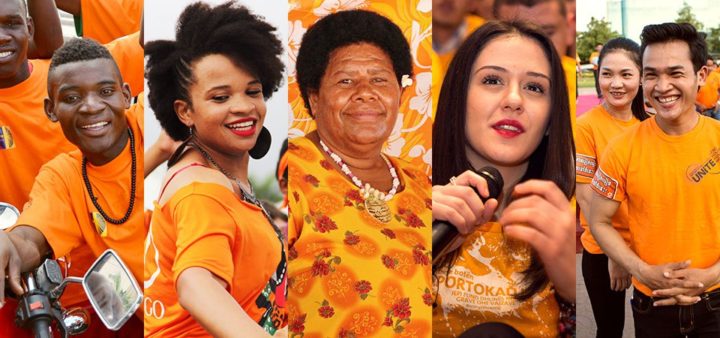By UN Women*
One in three women around the world experience violence in their lifetime, often in the hands of someone they know, love and trust. Of all women who were victims of homicide globally in 2012, almost half were killed by intimate partners or family members.
Violence against women and girls, a gross human rights violation, devastates lives, causes untold pain, suffering and illness. It also incurs high economic costs. A recent study estimated that the cost of intimate-partner accounted for 5.2 per cent of the global economy [1].
Beyond the direct medical and judicial costs, violence against women takes a toll on household and national budgets through lost income and productivity.
In Viet Nam, for example, expenditure and lost earnings resulting from domestic violence was estimated at 1.4 per cent of GDP in 2010 [2].
In the United Kingdom, the cost of domestic violence in 2009, including service-related costs, lost economic output and human and emotional costs, amounted to GBP 16 billion [3].
Deep-rooted inequality in the roles, rights and opportunities of men and women, and attitudes and social norms that condone or normalize such violence, have made the problem tenacious, but not inevitable.
With laws to protect women and punish perpetrators, services to rebuild women’s lives and comprehensive prevention that starts early, ending violence against women and girls can become a reality. Yet, robust funding for efforts to end this violence remains woefully insufficient.
This year, for the global 16 Days of Activism against Gender-Based Violence Campaign, from 25 November, the International Day for the Elimination of Violence against Women, to 10 December, Human Rights Day, the UN Secretary-General’s campaign UNiTE to End Violence against Women’s call for action is themed ‘Orange the World: Raise Money to End Violence against Women and Girls’, to amplify and address the funding shortfall.
Download the action toolkit.
Why money matters in ending violence against women and girls
When world leaders adopted the Sustainable Development Goals in 2015, they recognized that ending violence against women and girls is a pre-requisite for the achievement of the development agenda.
Goal 5 on gender equality includes a specific target to end all forms of violence against women, including trafficking, other forms of sexual violence and harmful practices. Yet, the resources dedicated to addressing the issue do not match the scale of the challenge.
Allocating adequate resources to prevent and address violence against women is not only a legal obligation and a moral imperative, but a sound investment too.
The US anti-violence law of 1994 provided USD 1.6 billion in programmatic support over five years through increased penalties for perpetrators, improved resources for police, prosecutors and those providing services for survivors.
Researchers estimated that savings of USD 14.8 billion were achieved by cutting direct property losses, physical and psychological health-care needs, policing, victim services, lost productivity, reduced quality of life and fatalities [4].
A recent multi-country study in the Lao People’s Democratic Republic and Timor-Leste found that the cost of delivering a minimum package of essential services (over three fiscal years) for women and girls who experience violence amounted to 0.31 per cent of the GDP for Timor-Leste and 0.25 per cent of the GDP for the Lao People’s Democratic Republic in 2015 [5]—a fraction of the cost of the consequences of violence.
All available evidence shows that even relatively small-scale investments that are timely and well integrated can bring enormous benefits to women and their communities. Donate to support efforts to end violence against women and girls worldwide.
Notes
[1] Anke Hoeffler and James Fearon, Benefits and Costs of the Conflict and Violence Targets for the Post-2015 Development Agenda, 2014, available at http://docplayer.net/20788510-Benefits-and-costs-of-the-conflict-and-violence-targets-for-the-post-2015-development-agenda.html
[2] Duvvury et al, Estimating the Costs of domestic violence against women in Viet Nam.
[3] Anke Hoeffler and James Fearon, Benefits and Costs of the Conflict and Violence Targets for the Post-2015 Development Agenda, 2014, available at http://docplayer.net/20788510-Benefits-and-costs-of-the-conflict-and-violence-targets-for-the-post-2015-development-agenda.html
[4] Kathryn Anderson Clarke; Andrea Biddle and Sandra Martin, 2002. A Cost-Benefit Analysis of the Violence against Women Act of 1994. VIOLENCE AGAINST WOMEN, Vol. 8, No. 54, April 2002, 417-428
[5] Nata Duvvury, Stacey Scriver, Seema Vyas and Sinead Ashe, 2016, http://asiapacific.unwomen.org/en/digital-library/publications/2016/06/estimating-resource-requirements











